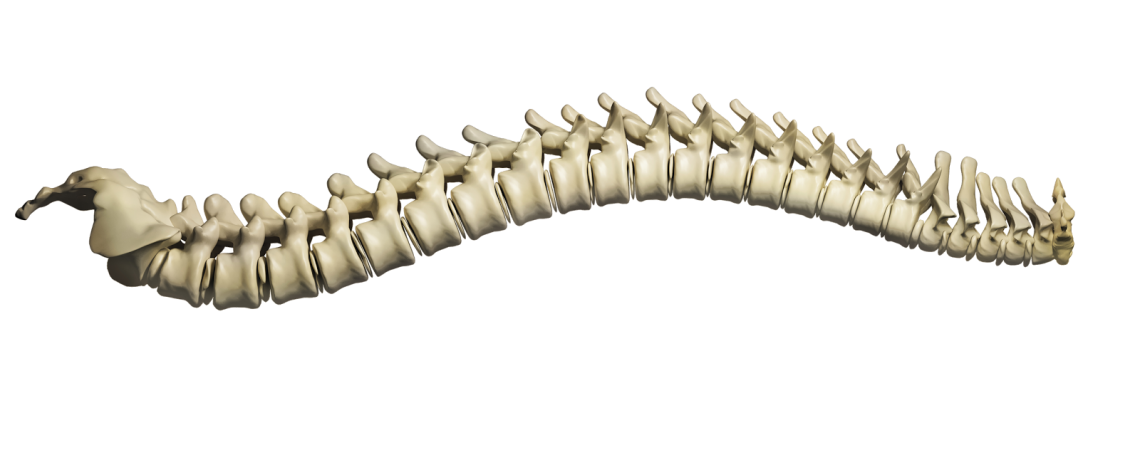
Scoliosis – Lets Create Awareness!
You may have heard the word scoliosis mentioned before but you might not know exactly what is or how it affects us.
June is Scoliosis Awareness Month in the U.S, and it was brought to my attention after receiving an inspirational message from one of my wonderful followers about her son being diagnosed with scoliosis.
So today I want to bring it to your attention and talk about the importance of understanding what scoliosis is the treatment available to us in Australia.
Our spine controls the function of our entire body – in other words, it’s super important!
Scoliosis is a three-dimensional abnormality that occurs when the spine becomes rotated and curved sideways.
It’s one of the most common spinal deformities and doesn’t have an exact identifiable cause, but it is referred to as ‘idiopathic scoliosis’.
There are three types of idiopathic scoliosis, these include:
- Infantile idiopathic scoliosis – developed from birth to 3 years of age
- Juvenile idiopathic scoliosis – developed from 4 to 9 years of age
- Adolescent idiopathic scoliosis – developed from 10 to 18 years of age
In the early stages of scoliosis, the infantile idiopathic stage, there are typically no symptoms but it is generally less common for scoliosis cases.
However, the adolescent stage is where we see the most cases of scoliosis and this is due to rapid growth.
It’s where 80% of all idiopathic scoliosis cases begin, which is why we need to monitor our children’s progression as the skeleton continues to develop.
Look out for things like:
- Clothes fitting awkwardly
- Changes with walking
- Reduced range of motion
- Trouble breathing
- Cardiovascular problems
- Pain
School screening programs are encouraged for children between Years 7 and 9 (11 and 13 years of age). A two-tier screening process is recommended, by testing with the Forward Bend Test.
X-ray examination will determine if the child has scoliosis and a management program is then implemented to help understand treatment.
Not all idiopathic scoliosis needs treatment, which your doctor typically advises after ongoing observation and progression.
A brace is generally an option used until the skeleton reaches maturity. There is full time bracing worn between 16-23 hours a day, or night-time bracing, which is worn 8 hours or during the night.
A more radical option is scoliosis surgery and it’s performed on more severe cases to achieve the following goals:
- Stop the curve from progressing
- Reduce the deformity
- Maintain trunk balance
Research has studied genetics, growth and changes in the muscles, spine and nerves.
Investigation into the causes of scoliosis continues since there’s so much we still don’t know.
If we keep up the awareness, we can help each other understand scoliosis better and see a brighter future in treatments to help straighten the spine or keep the curves from getting worse.
For more information visit Scoliosis Australia here!
Mish Xx
